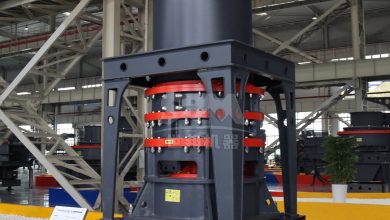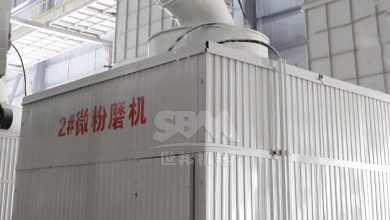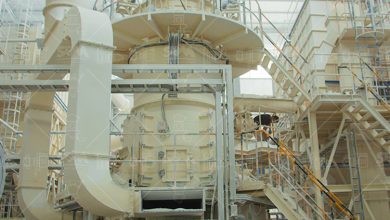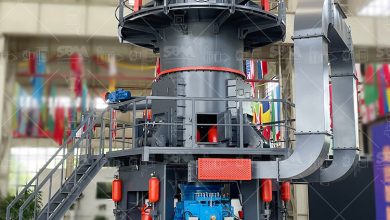Step-by-Step Guide to Conducting No-Load Test for Grinding Mill Before Operation
Introduction
Performing a no-load test is a critical pre-operation procedure for grinding mills to ensure mechanical integrity and operational safety. As a leading manufacturer with over 30 years of experience in mining machinery, ZENITH emphasizes rigorous testing protocols for equipment like our XZM Ultrafine Mill and MTW Series Trapezium Mill.
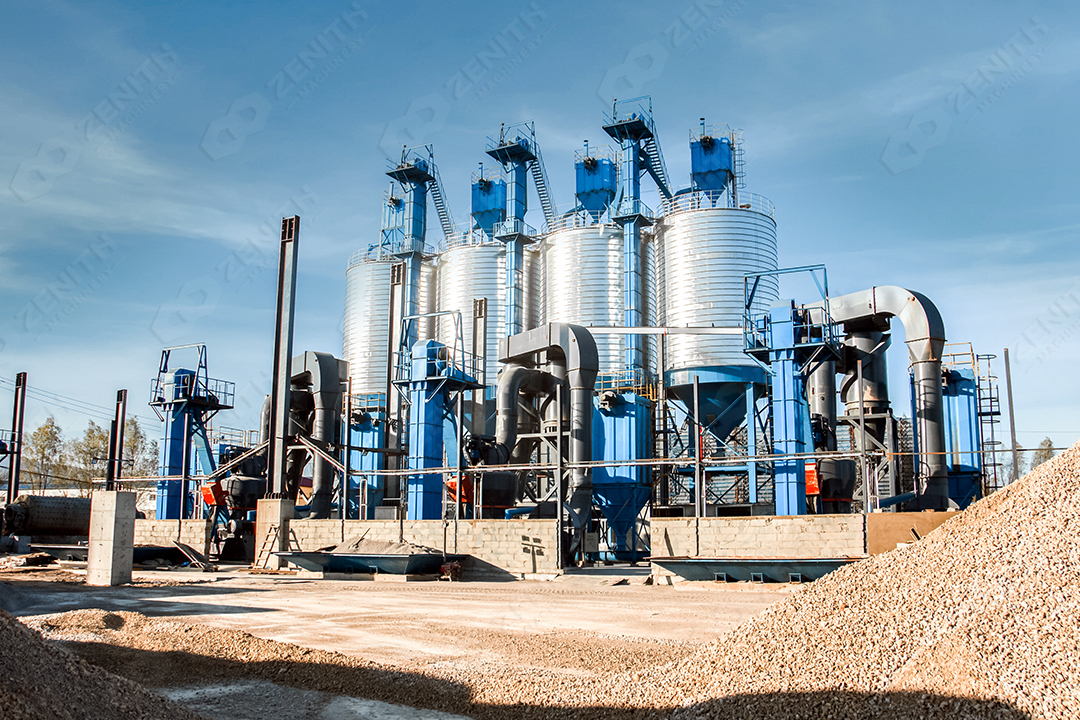
Purpose of No-Load Test
- Verify bearing and transmission system stability
- Check vibration levels within ISO 10816 standards
- Confirm lubrication system functionality
- Establish baseline electrical parameters
Step 1: Pre-Test Preparation
Equipment Inspection
For our XZM Ultrafine Mill (45-5μm), ensure:
- All fasteners are torqued to specifications (refer to technical manual Section 4.2)
- Vertical turbine classifier blades are manually rotated for clearance check
- Pulse dust collector bags are properly installed
Safety Measures
- Install protective barriers around rotating components
- Verify emergency stop buttons are functional
- Prepare infrared thermometer (range: -20°C to 600°C)
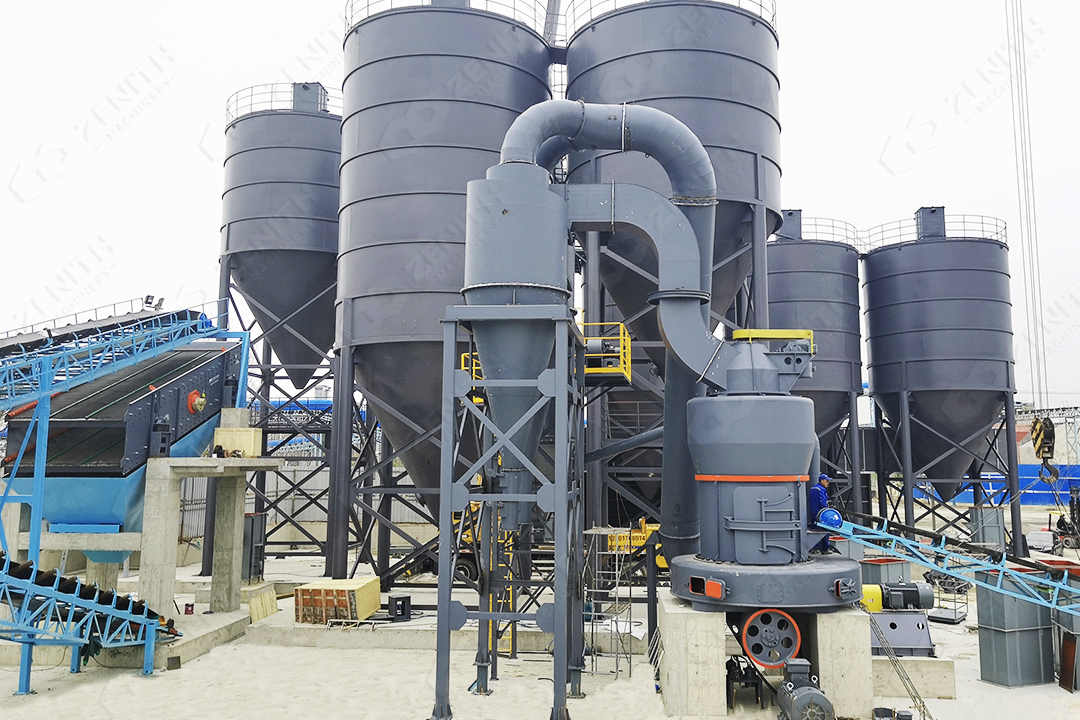
Step 2: Electrical System Verification
Power Supply Check
| Parameter | XZM221 | XZM268 |
|---|---|---|
| Voltage Tolerance | ±5% of 380V | ±5% of 10kV |
| Phase Imbalance | <2% | <1.5% |
Instrument Calibration
For MTW Series mills, calibrate:
- Vibration sensors (range: 0-20mm/s)
- Current transformers (accuracy class 0.5)
- Temperature probes (PT100 RTDs)
Step 3: Execution of No-Load Test
Startup Sequence
- Engage lubrication system for minimum 30 minutes
- Start main motor at 10% rated speed for 5 minutes
- Gradually increase to 100% speed over 15 minutes
Monitoring Parameters
For LUM Ultra-fine Vertical Mill:
- Bearing temperature (alarm at 75°C, shutdown at 85°C)
- Motor current (compare with nameplate values)
- Vibration velocity (RMS <4.5mm/s for 315kW+ motors)
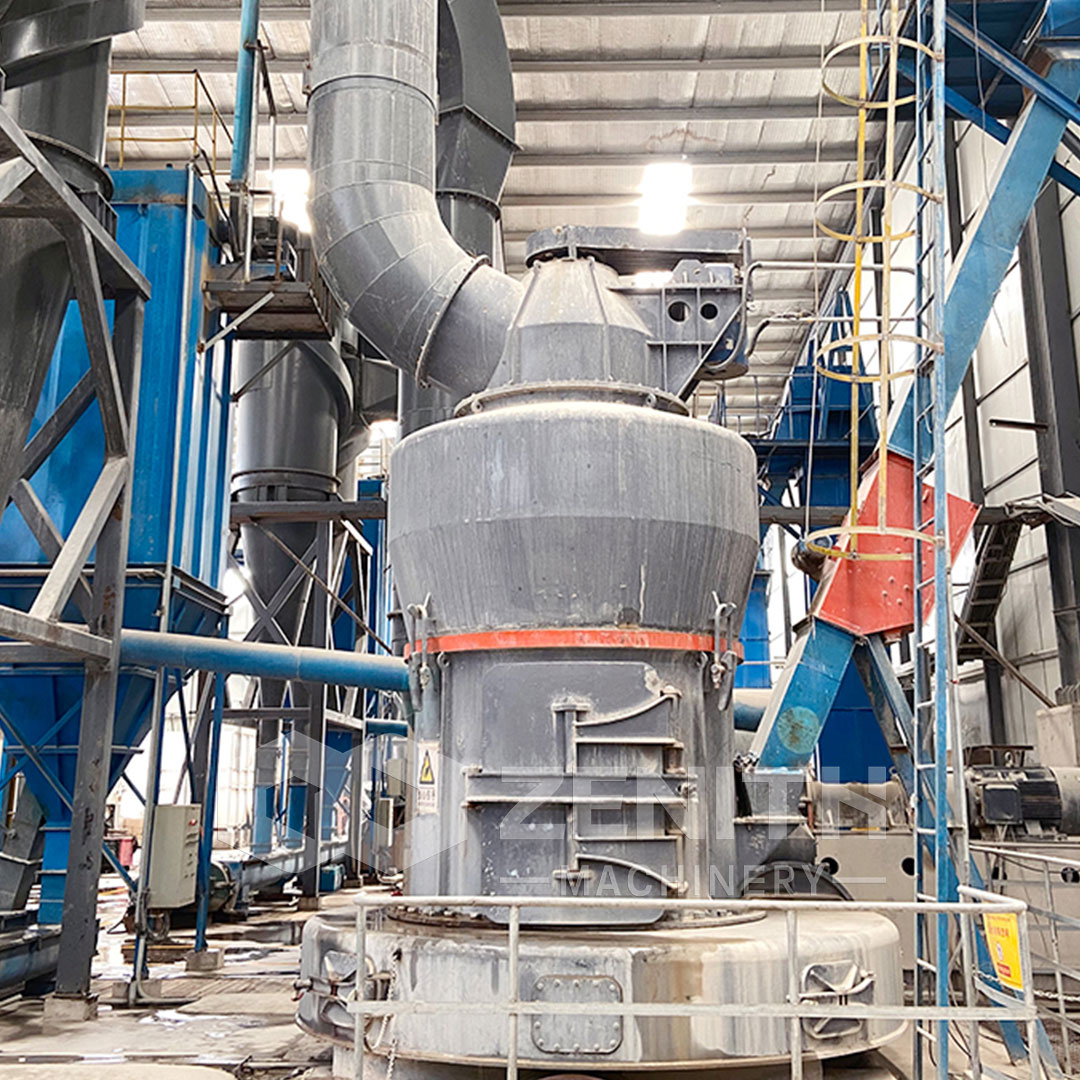
Step 4: Data Analysis
Acceptance Criteria
ZENITH’s MTM Series mills require:
- No abnormal noise (dB <75 at 1m distance)
- Gear backlash <0.15mm
- Motor power consumption within 15% of theoretical no-load value
Troubleshooting Guide
| Symptom | Possible Cause | Solution |
|---|---|---|
| High vibration | Misalignment | Laser alignment check |
| Oil leakage | Seal damage | Replace oil seals |
Recommended Products
For optimal grinding performance, consider ZENITH’s advanced solutions:
XZM Ultrafine Mill
- Output fineness: 325-2500 mesh (D97≤5μm)
- Energy saving: 30% lower consumption than jet mills
- Special wear-resistant rollers with 3x lifespan
MTW Trapezium Mill
- Arc air channel reduces energy loss by 15%
- Integrated pulse dust collector (efficiency >99.9%)
- Conical gear transmission (98% efficiency)
Conclusion
Proper no-load testing prevents 85% of premature mill failures according to our global service data. ZENITH’s engineering team provides on-site commissioning support for all grinding equipment, backed by our 24/7 technical hotline across 30+ countries.


